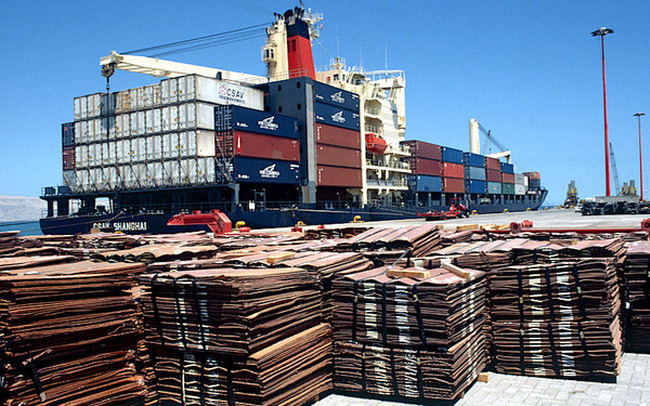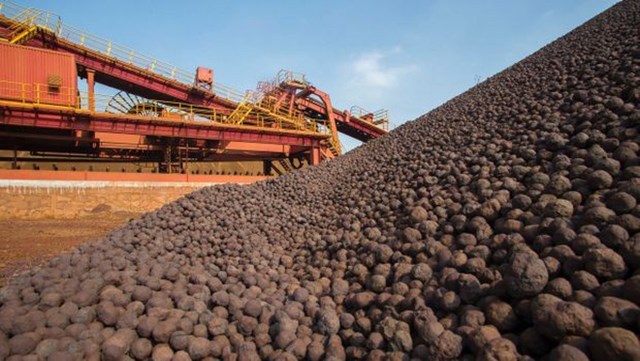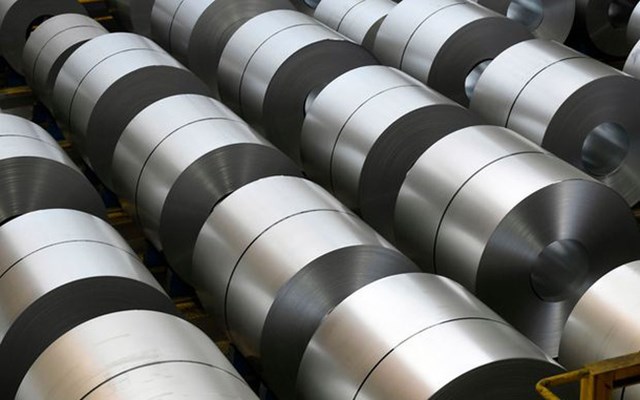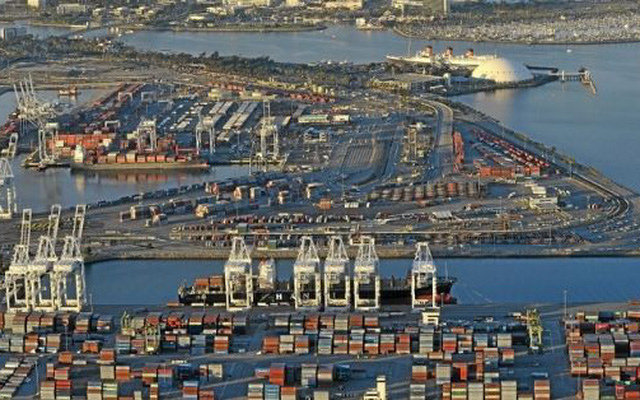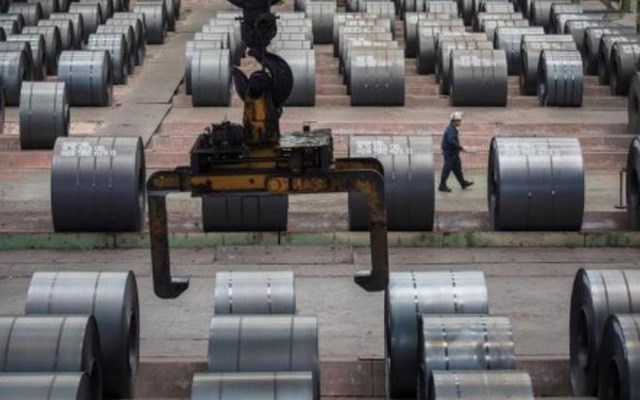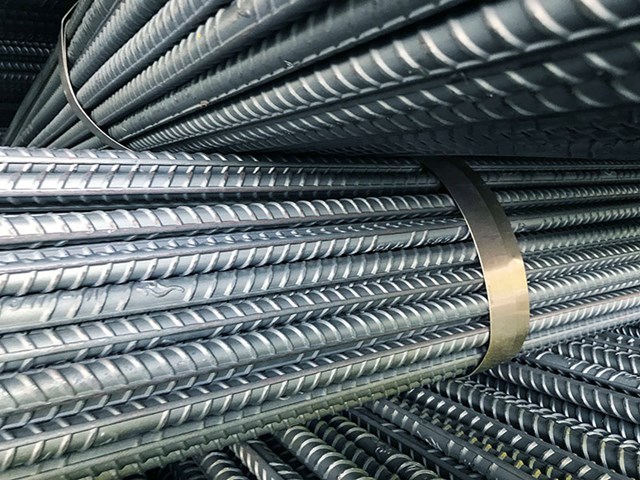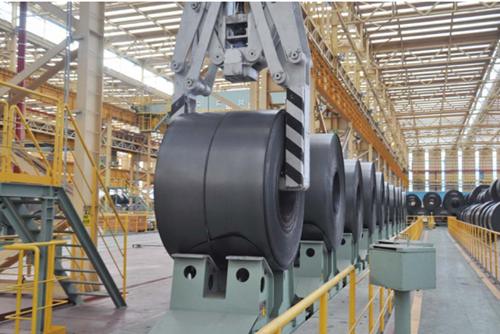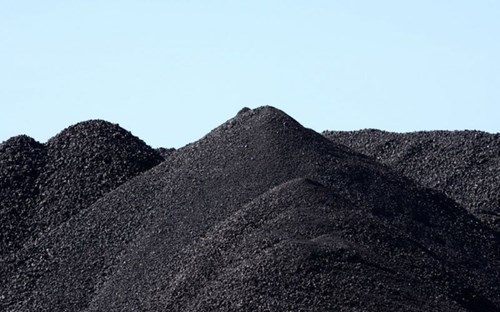Over the past two decades, China’s infrastructure spending has been the engine of demand growth for steel, copper and aluminum prices.
Earlier this year, the Chinese government directed the determination to put all efforts to promote infrastructure.The government announced support for infrastructure, railways and airlines, including issuing railway construction bonds worth $45 billion; $29 billion in bonds for the general aviation industry and $22.4 billion in emergency loans for the civil aviation industry, and kicks off a new round of rural road construction and rehabilitation.
Bloomberg news agency reported that China’s Ministry of Finance is considering allowing local governments to sell 1.5 trillion yuan (about 220 billion USD) in special bonds in the second half of the year to speed up funding for grassroots projects. infrastructure to boost the economy.
China’s previous stimulus measures played an important role in “rescuing” industrial goods when global demand fell, for example in the aftermath of the 2008 financial crisis in late 2015. and 2020 when the COVID-19 pandemic broke out.
This time, however, Chinese policymakers seem more cautious. This additional budget will likely be used to fill the COVID-19 budget gap and will have an impact on metal demand.
Copper and aluminum prices may increase
According to Xu Xiangchun, an analyst at research firm Mysteel, the scale and impact of this year’s stimulus measures will certainly be weaker than previous rounds, as this round is entirely based on public investment in infrastructure. floor. The real estate sector is in the process of bottoming and a policy reversal is not expected.
On top of that, early indications are that the fund is not primarily for China’s housing sector. Instead, they aim to develop public works. In that case, rail and energy electrification could be particularly beneficial for copper and aluminum prices.
Share prices among Indian steel and aluminum producers both rose last week on the news. In fact, prices have risen more than 5% in most cases as investors see the funding raise as positive for Indian metal exporters.
But whether the news stimulates metal prices elsewhere remains to be seen. According to most experts, this will largely depend on whether the increase in infrastructure spending is affected by impacts from other regions.
Some analysts make somewhat optimistic statements. Goldman Sachs forecasts that thanks to supportive policies, metal demand (of China) will start to increase strongly this quarter and help push metal prices in the international market up. Goldman Sachs previously forecast copper prices could reach 10,500 USD/ton by the end of the year.
Citigroup issued a more cautious forecast, prompt and decisive implementation of stimulus measures could support copper prices, but without these measures, copper prices will continue to fall.
China’s economy still has challenges to face
The world’s second-largest economy is likely to shrink in the second quarter and COVID-19 outbreaks will make China’s 5.5% growth target this year increasingly difficult.
China continues to see sporadic outbreaks in some areas. The increase in the number of COVID-19 infections in Shanghai prompted the city government to carry out mass tests in the financial center. Moreover, the emergence of new sub-variants continues to be a challenge to the country’s strict “Zero COVID” approach.
Metal demand in China faces many challenges. The real estate market is still in a long-term recession, the scale of infrastructure spending is uncertain and export demand is struggling.
Although Goldman Sachs commented that China’s policies could eventually halt the decline in the metals market, in general, observers remain cautious about the demand outlook in China – the countries account for about half of the world’s consumption of every base metal, from zinc to aluminum. Wood Mackenzie, an analyst and consulting firm, forecasts that China’s copper demand will pick up slightly this year.
China is a major exporter of metals despite tariff barriers preventing exports of aluminum and zinc. So if demand picks up in China, it won’t take long for those exports to be halted. If that happens, an inventory-deprived market outside of China will be squeezed hard, despite the downside limits to demand.
T&G Import-Export Joint Stock Company
Address: 352 Hue Street, Le Dai Hanh Ward, Hai Ba Trung District, Hanoi
Hotline: 02473010868
Email: hrm@tginterjsc.com
Website: http://tgimportexport.com



